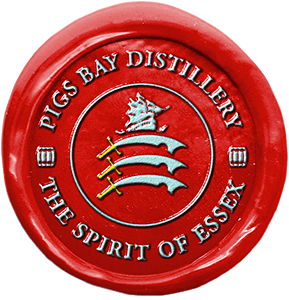Pig’s Bay is a coastal area in East Shoebury, a small beach land area in Shoeburyness and the beach adjacent to Foulness Island.
Essex has a deep history in smuggling given its location in being ideally located as the closest point for sea access to northern west Europe – France, Belgium and the Netherlands. Essex is ideally situated close to London and provides great transport links via the Thames and over land. The most eastern part of Essex where the Thames opens into the North Sea has many small islands known as the Essex Archipelago with many inlets, creeks, rivers and flat beaches on which Smugglers could land their ill-gotten goods.
Pig’s Bay with its beach and location at the mouth of the Thames and in the centre of the Archipelago is rich in the smuggling history and stories.
Research Reference – The book “Smuggling in Essex” by Graham Smith.
Additionally a quote from the website ‘essex-family-history.co.uk/smugglers’
The coast of Eastern Essex has proved a popular haunt for smugglers using the Rivers Crouch and Blackwater to land contraband from France, Holland and Belgium.
A large percentage of the population was involved in smuggling either directly or indirectly which may well have involved your ancestors although of course it probably won’t be written down anywhere.
The items smuggled were those which were taxed in England – silk clothing, tobacco, tea and alcohol mainly brandy and geneva (now known as gin)
The first Essex smugglers smuggled wool into Europe to take advantage of the high taxes then levied on wool in the Continent. Economics of the sea trade meant that they made even more profit if they brought a cargo back to Essex and an even larger profit if it was liable for tax in England.
The golden period for smuggling was from 1730 to 1830 when smugglers pitted their wits against the Revenue men. The trade was so frequent that the Customs employed two cutters manned by up to 30 men as well as riders who patrolled the coast on horseback.
Herbert W Tompkins writes of the local smugglers in his 1904 book ‘ Marsh Country Rambles’ Examine a large map of Essex and you will see how truly the county was made for smugglers. Run you eye along the marvellously contorted coastline from Shoeburyness to St Osyth Point. There are at least 50 well defined rivers, creeks or outfalls; to search the coast for some notorious gang on a dark night was like looking for the proverbial needle in a haystack. What artificial deep ways cut into cliffs were to the Cornish men the sea wall was to the Essex smuggler. Both afforded excellent shelter when goods- whether kegs, bales or what not were being stealthily conveyed up country. The Preventive Officer could see nothing unless actually on the wall in which case if there was enough light to serve his purpose it also served to render him a conspicuous mark for a bullet. A revenue cutter pursuing a small smuggling craft along one of the winding creeks in the neighbourhood of the Blackwater could see nothing of what was going forward on land where even the country gentleman was in league with the smugglers often sending ponies to the appointed landing place to bear the kegs post-haste many miles inland.
